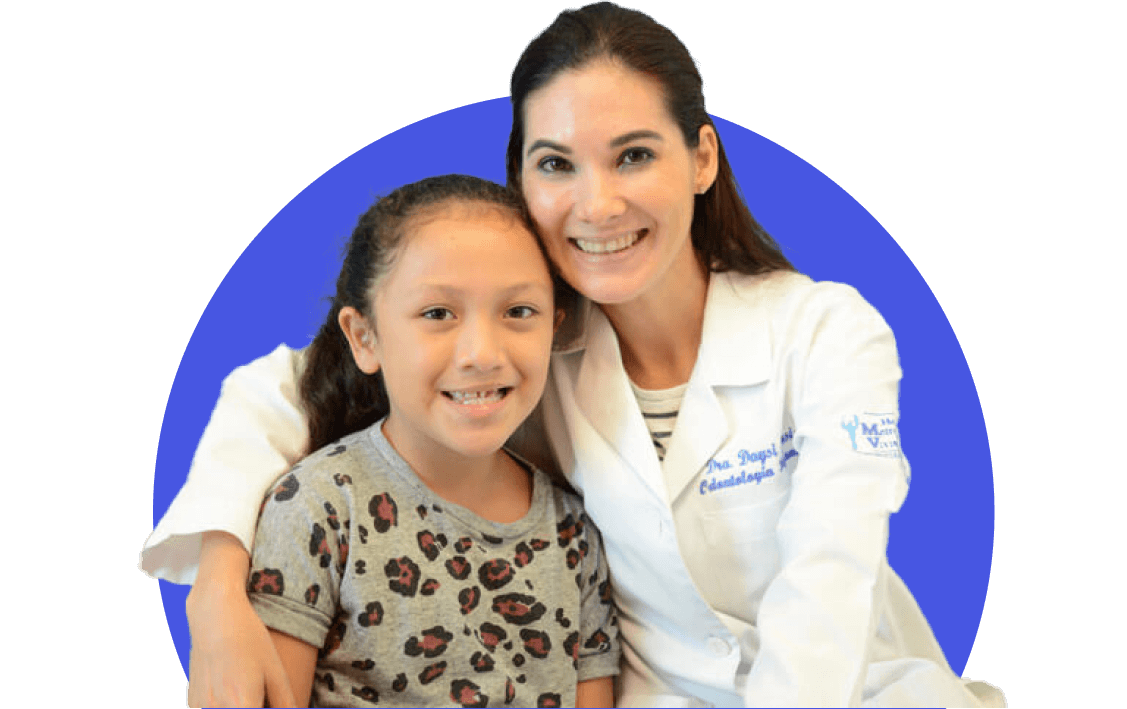- Cleft Home
- What is Cleft Lip and/or Palate?
- Prenatal Diagnosis
- Feeding Your Baby
- What is a Cleft Team?
- Surgery
- Hearing, Speech, and Dental Care
- Paying for Treatment
- Managing Feelings
- Craniofacial Conditions
- Toddlers and Preschoolers
- The School-Aged Years
- The Teenage Years
- Letter to a Teacher
- Information for Adults
- Support Organizations
- Learn More: Downloads
- Cleft Home
- What is Cleft Lip and/or Palate?
- Prenatal Diagnosis
- Feeding Your Baby
- What is a Cleft Team?
- Surgery
- Hearing, Speech, and Dental Care
- Paying for Treatment
- Managing Feelings
- Craniofacial Conditions
- Toddlers and Preschoolers
- The School-Aged Years
- The Teenage Years
- Letter to a Teacher
- Information for Adults
- Support Organizations
- Learn More: Downloads
TO THE TEACHER OF A CHILD WITH CLEFT:
During your career as a teacher, you may meet only one or two students born with cleft lip and/or palate. A cleft is a gap in the lip and/or the palate (roof of the mouth) that is present at birth. Clefts occur very early in pregnancy, when the two sides of the lip or palate do not grow together. Though the initial surgical procedures to close a cleft lip or palate usually take place during the first year of life, a child may undergo additional operations and treatments through adolescence.
There is no connection between a cleft and a person’s intelligence. A child born with cleft lip and/or palate should progress through typical stages of development like their peers. In the classroom, a child born with a cleft should be treated like any other student. If the student is having difficulty learning, the same assessment, referral and educational planning processes should take place. Self-esteem can be an issue for a child born with clefts. If the student is having difficulty learning, intervention should take place at the earliest possible age.
It is important to meet with parents. Parents can share information about their child’s medical history and about current and planned interventions. They can describe their child’s preferences for sharing information about their condition with other students in the class. The treatment process is different for each child born with a cleft. These families often balance medical appointments, surgery, insurance, and other issues along with the demands of work, home, and family. If they seem stressed or overwhelmed at times, your encouragement can make a difference.
There are several potential challenges to know about:
1. Teasing: If the child gets teased about a noticeable sign of the cleft—like a difference in speech, the shape of the nose, or a scar on the lip— you may need to intervene. Your positive modeling of acceptance will help shape how other students see a child born with a cleft.
2. Ear health: A cleft palate increases a child’s susceptibility to hearing loss, as a result of frequent ear infections. This hearing loss is treatable (treatment should include regular hearing evaluations at the pediatrician or at school). A teacher can accommodate a child’s hearing loss by changing his or her seat in the classroom. The child should sit close to the teacher and have a good line of sight to the teacher’s face. These changes can be made through a 504 plan, through a student’s IEP, or done informally.
3. Speech Therapy: Sometimes a child born with cleft needs speech therapy. As with all pullout services, this service can draw attention to the child and make him or her feel different. Try to find a subtle way for the child to leave the room for speech therapy.
4. Surgery: It is not unusual for a child born with a cleft lip and/or palate to need additional surgery during the school years. It is important to help the child stay current with class work. Emotional support from you and their classmates can also be helpful. Cards from classmates may help the child during recovery and make him or her feel more eager to return to school.
5. Other Medical Appointments. In addition to possible surgery, a student born with a cleft may have ongoing medical appointments to address various health needs. Although parents should try to schedule them during non-school hours, it may be impossible for all appointments to be made around the school schedule. Teachers may need to provide extra assistance to ensure that the child does not miss important instruction, assignments, or tests. It may help to remember that these medical appointments are essential for the child’s health.
Having a child born with a cleft lip and/or palate in your classroom can be an opportunity for the other students to learn about facial differences—with appropriate consideration for student and family preferences about privacy. Positive self-concept is key to successful learning and social development, as is true with any child. You can contribute by offering the child your skill in teaching and your gift of compassion. We appreciate your very full workload. We hope this information has been helpful.
Read the ACPA Letter to a Teacher fact sheet



